Fashion industry in India, is majorly affected by the Bollywood movies. People of our country fascinates to their favorite actor or actresses, and desires to wear what their fashion icon wore in that particular movie. Bollywood being a medium of entertainment in whole of India, gives immense exposure not only to the lead actors working in the movie for name, fame and money, but many people working behind the camera also gains lot of recognition for their hard work they put in; and Bollywood costume designers are one such name. With their thorough knowledge in design and understanding the character, they bring them live on screen, which the viewers really wish to look as much beautiful or handsome, the actors are looking in that particular outfits. Right from inception of Bollywood industry, fashion didn’t looked back and both the industries flourished together to greater heights and still going on. India being a country where people look for their favorite actor or actress as their style icon, Bollywood fashion has a great impact on mass fashion industry in Indian market. As majority of the Indian people doesn’t look after fashion weeks or fashion festivals happening around the world, for their fashion sense; in order to keep their fashion or style quotient up to date. That’s where Bollywood fashion works the best to make the people accept the changing fashion. As Indian films are bombarded with lavish and exotic costumes, sets, color combinations, jewelry etc.; by looking at this grandeur and stylish elements, people in India crave for such fashion. And since the inception of Bollywood, fashion and Bollywood go hand in hand.
The creation of costumes for Hindi films is a social process that involves independent tailors, menswear stores, fashion designers, stylists, and stores that sell theatrical supplies. Workers known as “dress guys” who look after costumes are positioned halfway between the set and the source (Weber, 2006:582). Weber (2006) conducted a study to investigate the effects of shifting filmmaking scenarios for the less important costume men. According to Weber, the film industry in India is poised to include more “professionalism” with higher funding and better technological aids as a result of the country’s economic liberalization in the 1990s. With an emphasis on the methods and abilities of film production, it is constructing a modern-day Bollywood. Since the beginning of cinema, the Dress wallahs have dominated the industry for a long time.

Like films from any other decade, Indian movies from the 1990s emphasized fashion. Long sleeves, sheer dupattas, and short blouses were all the rage in ethnic clothing throughout the first part of the 1990s. Crop tops, shorts, off-shoulder, halter necks, and denim overalls were popular during the second half of the decade as fashion became more restrained. Sportswear was a new fashion that was popularized by the films “Kuch Kuch Hota Hai” and “Dil To Pagal Hai,” and it has since been accepted as appropriate daytime attire. Some of the most recent western fashion trends in India that are still popular in this decade can be attributed to the 90s Bollywood fashion.
Film has taken on a significant role in portraying and promoting the new consumerism, just as the film industry has seen the effects of a changing economic environment. Although there have been calls for industry reform since at least the early 1990s (Prasad, 1998), the infrastructure necessary to change film funding, film production, and film marketing has only lately been put in place. In light of this, it is obvious that the decision to remake some movies was not made randomly. For instance, Devdas has been remade a lot, both in known and unacknowledged versions (Creekmur, 2007). However, Bhansali’s rendition debuted in theatres behind a robust marketing effort that solidified its place in the Devdas canon before the movie even started. similar can be said about Don in terms of its cinematic history, as well as Om Shanti Om, even though its debts were little more convoluted and, in fact, contentious.
“Alam Era,” the first Indian talkie, was produced in 1931. Essentially, it was a costume drama. This was jam-packed with fantastical and musical songs that were popular at the time. In 1931, a sound-equipped movie was released that captured the attention of many viewers for a protracted period of time. If we go back to the 1950s, Satyajit Ray’s Patther Panchali won numerous international prizes and captured Asia’s popular imagination. From 1974 to 1985, the output trend grew. As time goes on, Bollywood achieves success that has dominated the global market and has caught up to Hollywood.
Mughal-e Azam (Directed by K. Asif, 1960) is a prime example of a historical film, focusing on genre, fame, history, melodrama, elegy, history, and memory. While Mughal-e-Azam covers family history rather than social history, it places Mughal history in the context of the new nation, which is highlighted by the opening narration by India and the presentation of Muslim locations in India. The Great Mughal, Akbar (r. 1556–1605), is likely more well-known in India today for having stopped his son Salim, who would later become Emperor Jahangir, from falling in love with a dancing girl, than for any political achievements.
With a string of hit movies, including Bajrangi Bhaijaan (2015; approximately US$46.6 million), Dangal (2016; approximately US$196.89 million), Secret Superstar (2017; approximately US$124.4 million), and Andhadhun (2018; approximately US$47.9 million), China has emerged as Bollywood’s largest overseas market in recent years.
The unstitched draped sari, paired with the underskirt known as the petticoat and a short fitted blouse known by different names in different parts of India, is the most common outfit that defines the identity of the Indian woman over the world. The word “choli” is the one that describes the blouse most commonly. The other native names for the blouse include “Kuppas” or “Kupsa” from “Kurpasaka” in Karnataka, “Ravikalu” in Andhra Pradesh, and “Ravikkai” in Tamil Nadu. The sari and blouse are widely recognized as the Indian woman’s national attire. And so is this national attire has been used widely in Bollywood movies as well.
The changes in Indians’ lifestyle brought on by the globalisation of their economy may be reflected in the pricey clothing, designer brands, and vibrantly coloured garments. And lifestyle is broadly effected by the influence of Bollywood movies in the lives of Indian people. Movies truly did a remarkable increase in the demand for designer clothes & attires.
The powerful, charismatic female leads can engage in the superficiality of western culture as long as, at the end of the movie, she has changed into a subdued Indian girl. The most lavish costumes are typically seen in song and dance routines, despite the fact that young Bollywood heroines can now try on a range of identities. For the showy song and dance routines, many movies employ foreign (that is, western) dancers dressed in western garb. However, it is also more appropriate for the heroine to dress and act with the assertiveness of the classic vamp during these dancing moments, as displaying flesh is associated with deviant sexual interactions.

The Mumtaz Saree is one of the most iconic costumes in Bollywood and is currently a huge vintage favourite with ladies for theme dress-up. Who can forget the classic song “Aaj kal tere mere pyar ke charche har zuban par” from the movie Brahmchari, which was released in 1968. The Mumtaz Saree, which is three layers thick and is draped around the lower body, was created by none other than Bhanu Athaiyaa and emphasises the feminine body’s curves. This orange, form-fitting saree revolutionised the way women wear them. It wasn’t just a trend for people in the 1960s; today, women also wear this look to stand out, be emphasised as ageless, and impart an air of sophistication.
Movies and fashion are closely related. Without the other, neither can function. Whether making an action movie, musical, or period drama, our filmmakers frequently use clothes and distinctive ensembles to make their characters stand out. Female leads have changed the way the fashion landscape appeared throughout the years. Whether it was Deepika Padukone’s monochromatic golden look in Mastani or Sharmila Tagore’s small bikini in An Evening in Paris, the avatars adopted by our divas and divas in films have influenced several fashion revolutions throughout the years.
Bollywood and fashion are closely related. Actually, they both have had a significant impact on one another. Bollywood has always used dress to give its characters a unique personality, and it has always been the source of inspiration for various fashion trends, including anything from wedding apparel to everyday wear. The public has looked up to actors as role models for style and identity. Anarkalis are still popular because, while certain fashion trends are timeless, others have a tendency to come back every ten years. Trendsetters frequently travel back in time to resurrect classic concepts with a little contemporary flair. Bollywood has had a long-standing impact on fashion. The 1960s were characterised by vivid colours, winking eyeliners, and fringes, while the 1950s were characterised by dapper suits and sarees with pearl necklaces. Which is also now popular!
Actresses like Begum Para, Meena Kumari, Suraiya, and Nargis had an impact on fashion during the 1940s. Many people now think of these women as being fashion-forward for their era. Traditional apparel, including draped sarees, was still prevalent, but cropped shirts and wide-legged pants gained popularity. Although eyeliner techniques were more dramatic than in the previous decade, makeup was still straightforward. It was a time of minimalism and femininity. Due to growing globalization, western fashion patterns had some influence on 1950s Bollywood fashion. Onscreen, men appeared dressed in both Indian traditional garb and fitted clothes. Women typically kept their hair in tidy buns, and pearl jewelry was common. Wide-leg pants, sarees, and bell sleeves were also in style.

In retrospect, the Bollywood fashion of the 1980s appears flashy and excessive due to shoulder pads, hefty embellishments, and an excess of shiny colours. The decade is also remembered for ushering in translucent fabrics like chiffon, which helped popularise the sensual appearance. Sridevi’s gossamer saree in the blockbuster movie Mr. India was one of the most popular looks of the era. Leg warmers, statement red lipstick, and neon colours all gained popularity. The first generation of Indian fashion designers, including Rohit Khosla and Satya Paul, rose to prominence in the 1980s. In the 1990s, skirts replaced pants, and showing skin was no longer frowned upon. However, the saree remained popular, with Madhuri Dixit’s purple embroidered ensemble from Hum Aapke Hain Kaun standing out in particular.
In this decade, a lot of other things appeared alongside the internet. Offshore locales, large budget films, and NRI material all increased significantly. The decade was governed by Aishwarya Rai, Kareena Kapoor, and Priyanka Chopra, who wore clothing with dangerously short hemlines. It was the decade of bikinis, backless cholis, miniskirts, and crop tops. The decade saw an eclectic mix of ethnic and western styles since characters were given specific “looks” rather than the actors who were portraying them. While Kareena as Poo in “Kabhi Khushi Kabhie Gham” is still relevant, and who can forget desi girl and her vibe Priyanka Chopra from “Dostana” with the bikinis and smart clothing, Aishwarya looked gorgeous in desi clothes in both “Mohabbatein” and “Devdas.”

Sarees first gained popularity in the 1980s. On the periphery, there were flashes of western attire. Making movies abroad was the way to go if you wanted to create a blockbuster. The movie was a success thanks to designer sarees and top-notch music. In Silsila (1981), the legendary diva Rekha had a stunning appearance. Many of Sridevi Kapoor’s admirers were captivated by her beautiful chiffon sarees. One of Bollywood’s spectacular and well-known wet saree sequences was included in the song “Kaate Nahi Kat Te” from the movie Mr. India (1987). Sridevi was seen singing and dancing in the downpour while wearing a blue chiffon sari. In the 1980s, western clothing began to replace sarees.
Sujata Assomull takes her readers on a journey through the lengthy history of the partnership between fashion and Bollywood in her book 100 Iconic Bollywood Costumes. Manish Malhotra’s preface gives us a glimpse of the enormous influence that costume design has on influencing moviegoers’ creative imaginations. The remainder of the book supports Malhotra’s assertion. This book travels over 70 years of Bollywood costumes to show how the Film Industry’s aesthetic has changed throughout the years, beginning in the 1950s and finishing in the 2010s.
Bollywood adopted fashion decades ago. We’ve seen how former actors and actresses from the 1950s looked good in black and white films, despite the fact that every colour they wore was imperceptibly obscured by the contrast. Even back then, the fashion-conscious film industry had excellent judgement when it came to dressing the starring females. Actresses like Madhubala, Nargis, Sadhna, Saira Bano, Sharmila Tagore, and Hema Malini set fashion trends, and we still look for the same styles they wore decades ago. What goes around, comes around in the fashion world. The 1960s look has frequently undergone revisions.
Many people believe that the 1980s—more specifically, the later 1980s—were the worst for Bollywood fashion. Only a few of the decade’s fashion trends included padded shoulders, metallic everything (from detailing to makeup, absolutely everything was metallic), and bling-y, big accessories. In the earlier years, the 1990s were all about large puffy sleeves, huge puffy skirts, and big puffy hair. However, things began to calm down in the second half of the decade, when crop tops, midi skirts, and denim overalls emerged as hot trends. Sportswear became acceptable as informal daytime apparel thanks to cult films like “Kuch Kuch Hota Hai” and “Dil Toh Pagal Hai.”
This decade has seen the emergence of vivid fashion statements, from short-shorts or skirts to strapless gowns. These days, mini dresses, blouses, and crops tops with vivid prints are highly popular. While bohemian dresses and stylish Bollywood tops with a holiday mood became popular thanks to films like Zindagi Na Milegi Dobara, which were designed with the woman who travels alone in mind, people like P.K. showcased the wardrobe of business women.
References –
- Mistry M, Mundkur S. Costume Designing for Hollywood and Bollywood, pp100-106. Coimbatore: Textiles and Fashion Research and Reviews; 2015.
- Mittal R, Jain B, Dr. Mogra D. Study on denim as a fashion inspiration in Bollywood, volume 5. Issue 6. Ahmedabad. Journal of Emerging Technologies and Innovative Research. 2018
- Clare M. Wilkinson-Weber. A Need for Redress: Costume in Some Recent Hindi Film Remakes. Bioscope 1-2. 125–145. Los Angeles, London, New Delhi, Singapore, Washington DC. SAGE Publications; 2010
- Juni sher M. Impact of Bollywood movies on cultural transformation among Pakistani youth in University of Sargodha’s students, Sargodha. Vol 1. Issue 9. Page 112.Pakistan. International journal of research (IJR); October 2014
- Dwyer R. Bollywood’s India: Hindi Cinema as a guide to modern India. 41:3, 387-388. Asian Affairs. 2010
- Hong Y. The power of Bollywood: A study on opportunities, challenges, and audiences’ perceptions of Indian cinema in China. 6(3). Page 348. Global Media and China. Sage Publications; 2021
- Sood K R, Dr. Pant S. The influence of Hindi cinema on the sari blouse. Volume 25, Issue 1, Series. 10. New Delhi. Rajasthan. IOSR Journal of Humanities and Social Science (IOSR-JHSS). 2020
- Goswami M P. Bollywood Film Posters: A Study of Changing Trends. Vol. 6 Year 3. 83. Journal of Content, Community & Communication. Amity University; Madhya Pradesh. 2017
- Strubel J, Josiam B M. Renegotiating gender through dress in Bollywood: The new Indian woman. Volume 3 Number 3. 317. Fashion Style & Popular Culture. Research gate publications. 2016
- Kelkar K. Bollywood Costumes & Its Commercialization. Vol 14, Issue 02. 3612. International Journal of Early Childhood Special Education (INT-JECSE). Raipur. 2022
- 2021 F, 2021 J, 2020 D, 2020 N, 2020 O, 2020 S et al. [Internet]. filmfare.com. 2022 [cited 24 August 2022]. Available from: https://www.filmfare.com/features/20-most-iconic-looks-from-bollywood-movies-40334-1
- Team S. 29 Bollywood Movies that Changed Indian Fashion – Stylecaret.com [Internet]. Latest Fashion News, New Trends. 2022 [cited 24 August 2022]. Available from: https://stylecaret.com/blog/29-bollywood-movies-changed-indian-fashion
- Sutori [Internet]. Sutori.com. 2022 [cited 24 August 2022]. Available from: https://www.sutori.com/en/story/history-of-bollywood-fashion
- [Internet]. 2022 [cited 24 August 2022]. Available from: https://theculturetrip.com/asia/india/articles/bollywood-fashion-through-the-ages
- 2022. Evolution of fashion in India through Bollywood’s leading actresses: India Independence Day Special. [online] Available at: <https://www.wionews.com/photos/evolution-of-fashion-in-india-through-bollywoods-leading-actresses-india-independence-day-special-405379#the-2000s-bollywood-fashion-405355>
- Shah, B., 2022. The Evolution of Bollywood Fashion from Sarees to Dresses. [online] DESIblitz. Available at: <https://www.desiblitz.com/content/the-evolution-of-bollywood-fashion-from-sarees-to-dresses> https://www.desiblitz.com/content/the-evolution-of-bollywood-fashion-from-sarees-to-dresses
- assomull, s., 2022. 100 Iconic Bollywood Costumes – Roli Books – Home. [online] Rolibooks.com. Available at: <https://rolibooks.com/100-iconic-bollywood-costumes/ [online] Available at: <https://www.fashionlady.in/celebrating-100-years-of-bollywood-fashion/628>
- Team, S., 2022. Bollywood Fashion Over The Years – StyleCracker. [online] StyleCracker. Available at: <https://www.stylecracker.com/blog/bollywood-fashion-over-the-years/>
- Shilpa Ahuja. 2022. Indian Bollywood Fashion Through Decades: 1960s To Present. [online] Available at: <https://shilpaahuja.com/indian-bollywood-fashion-through-decades-1960s-to-present/>



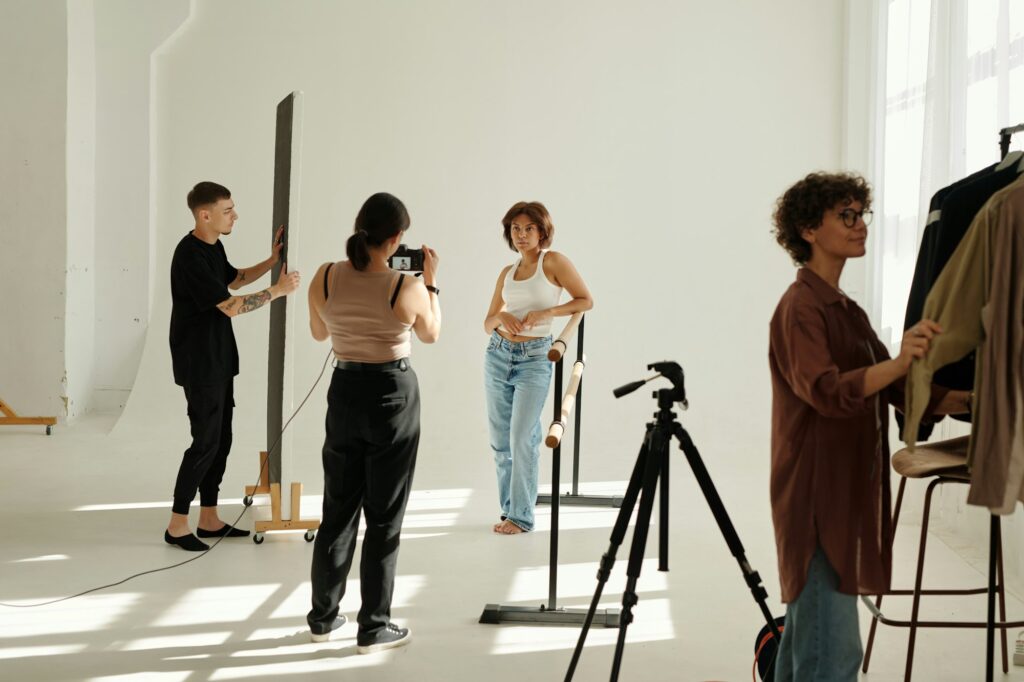

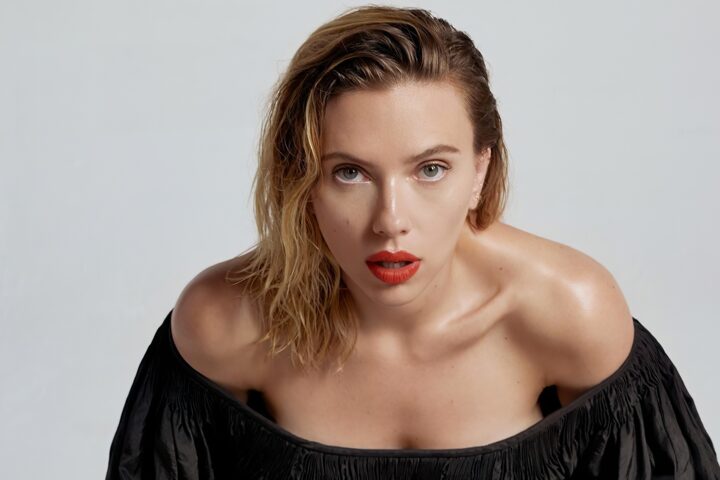
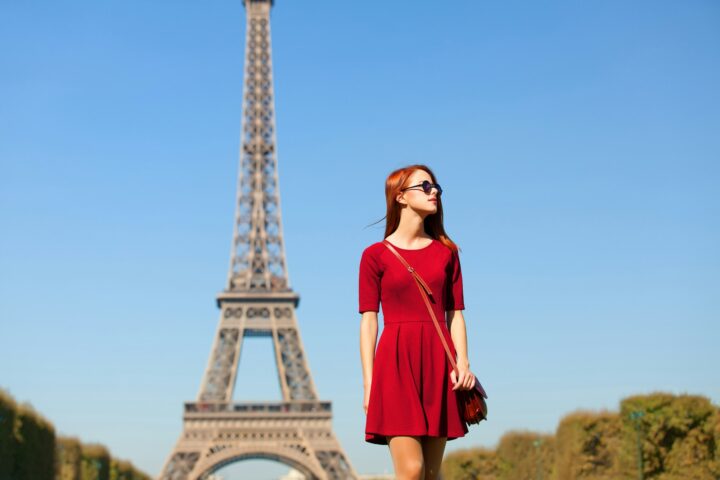
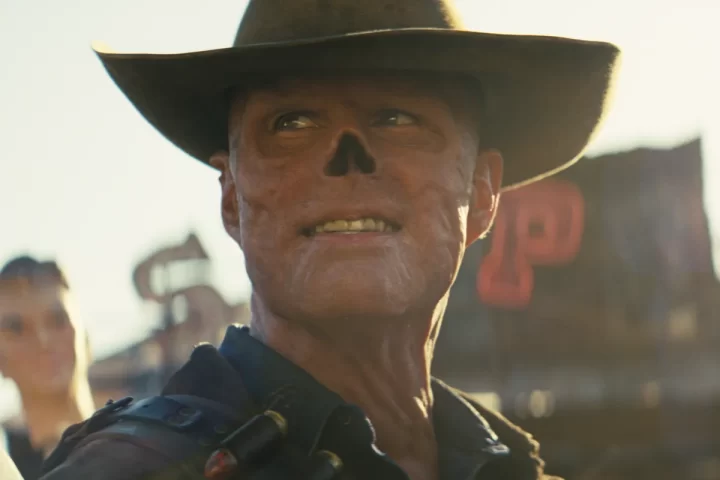
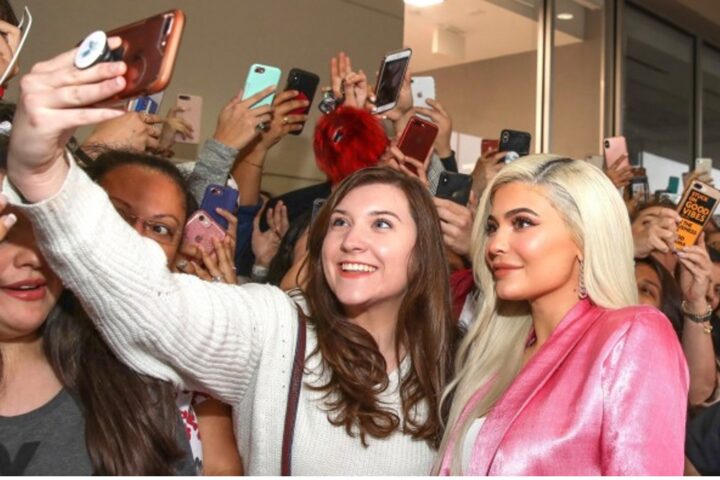

Hey there! Would you mind if I share your blog with my twitter group? There’s a lot of folks that I think would really enjoy your content. Please let me know. Cheers